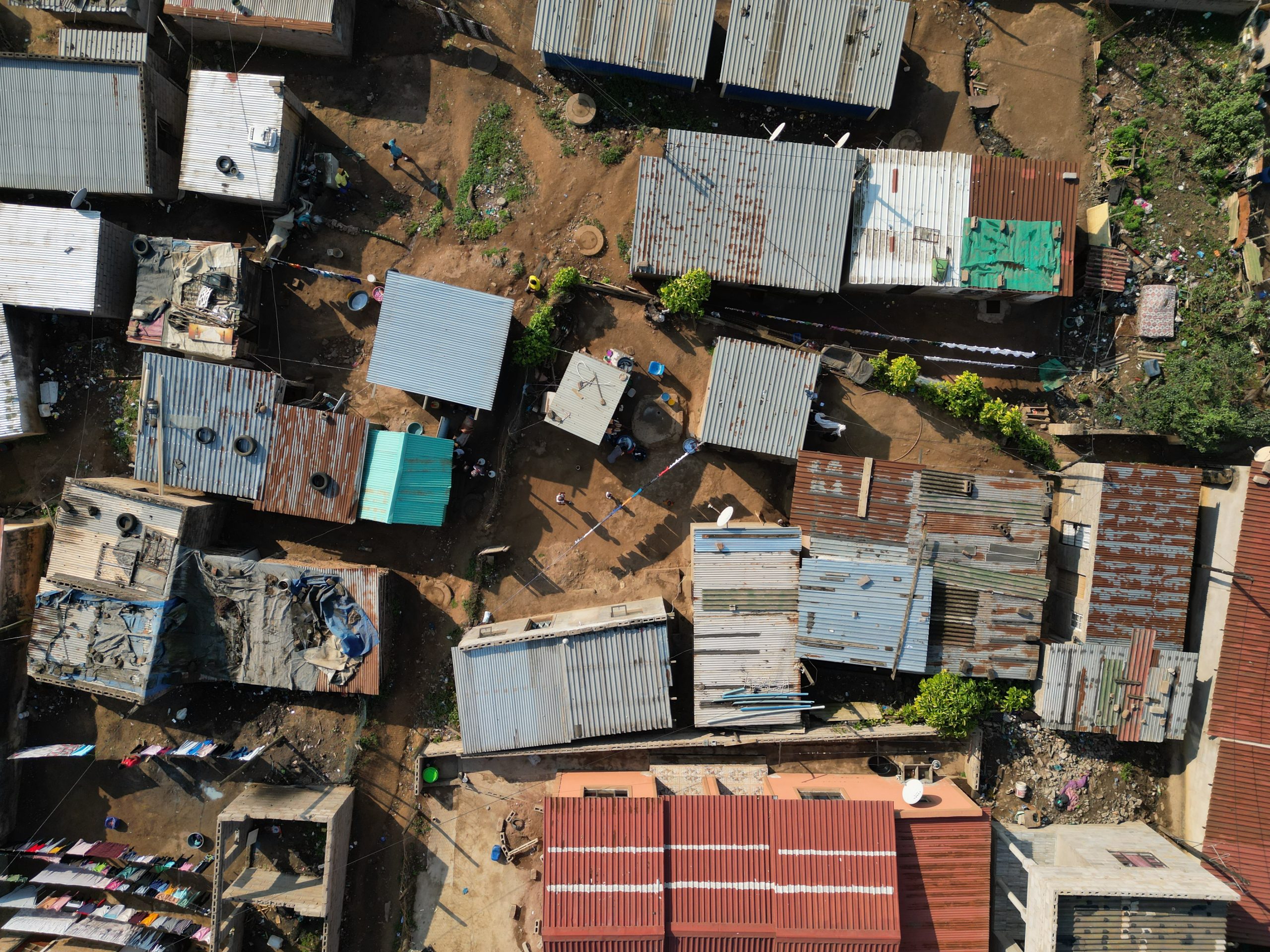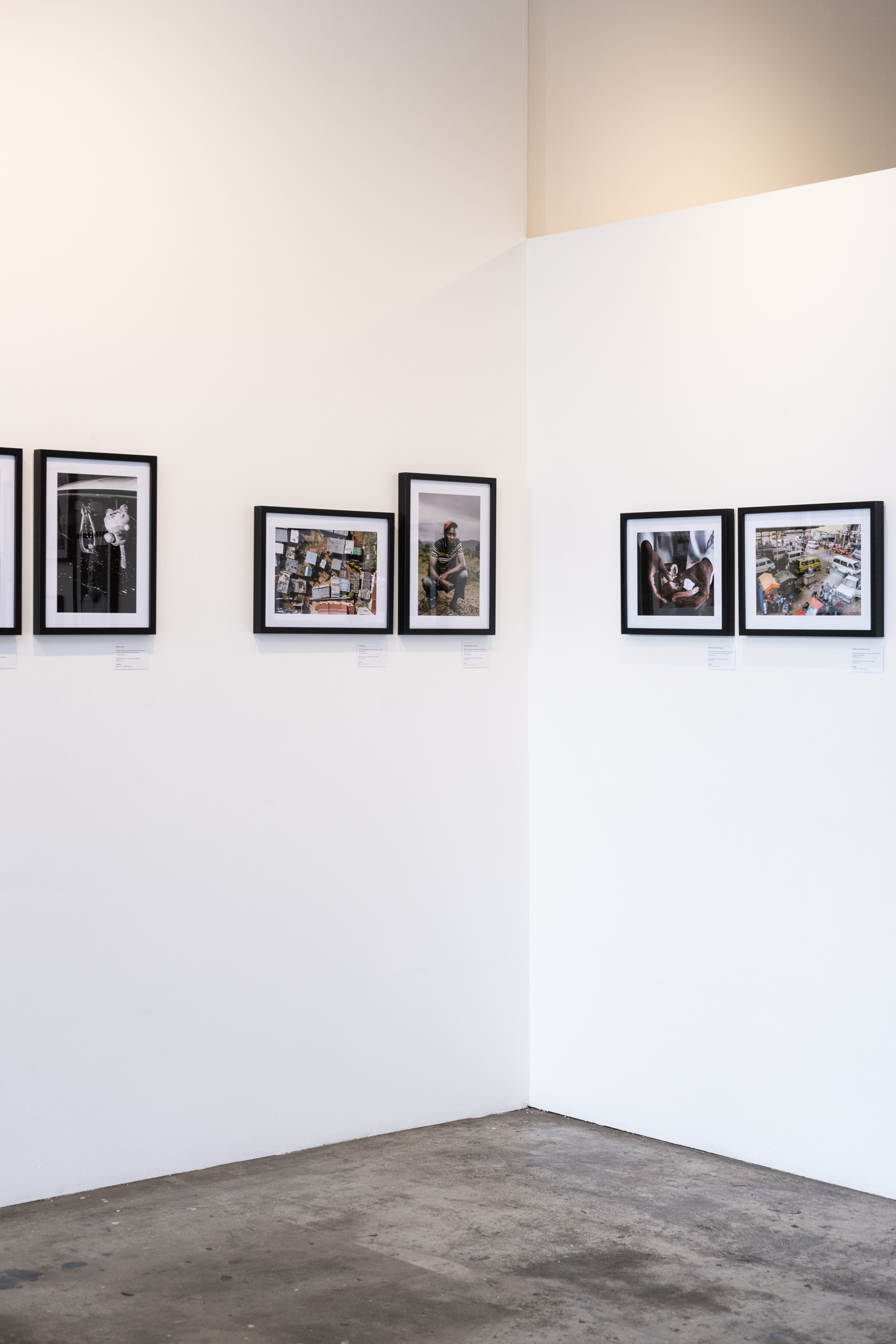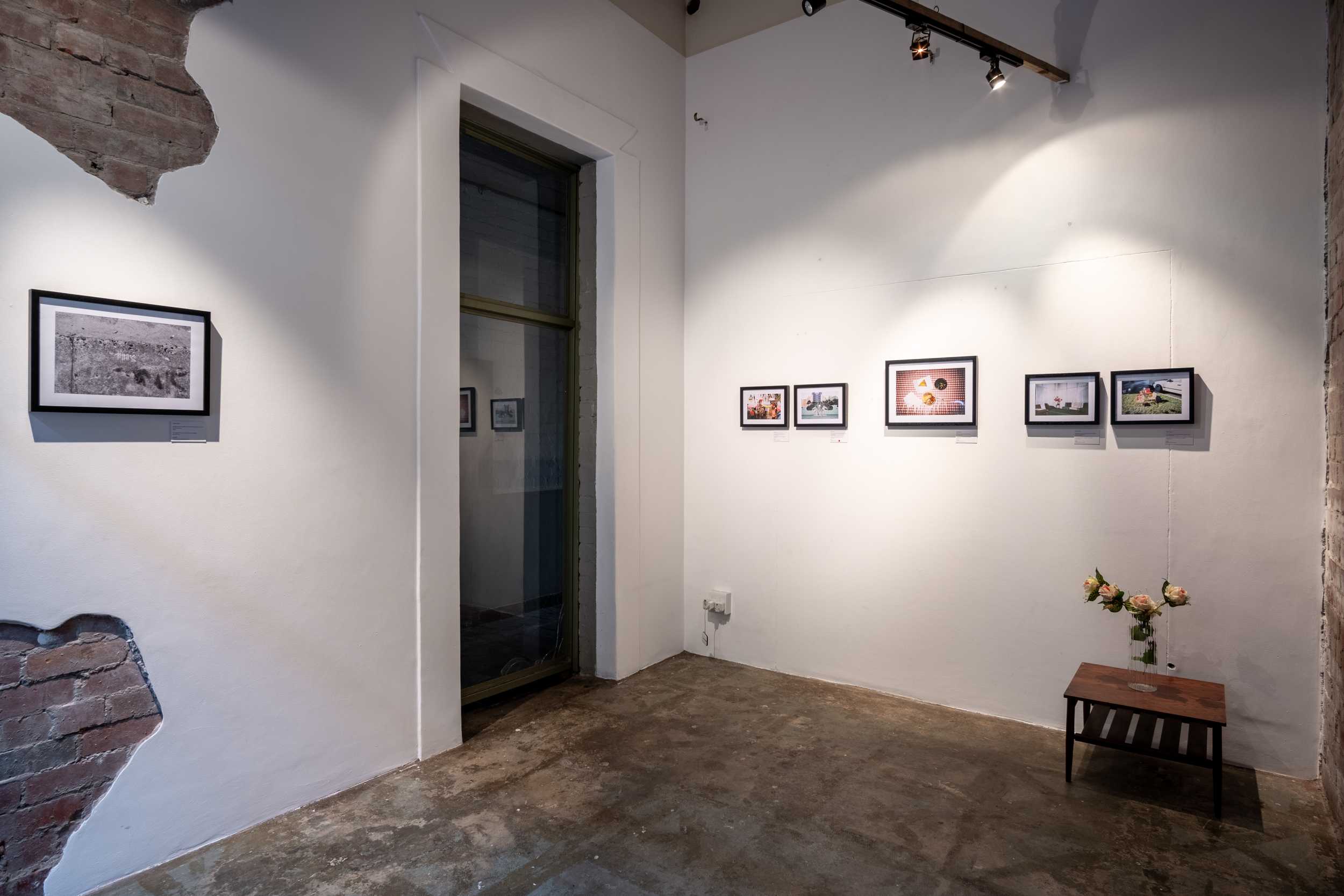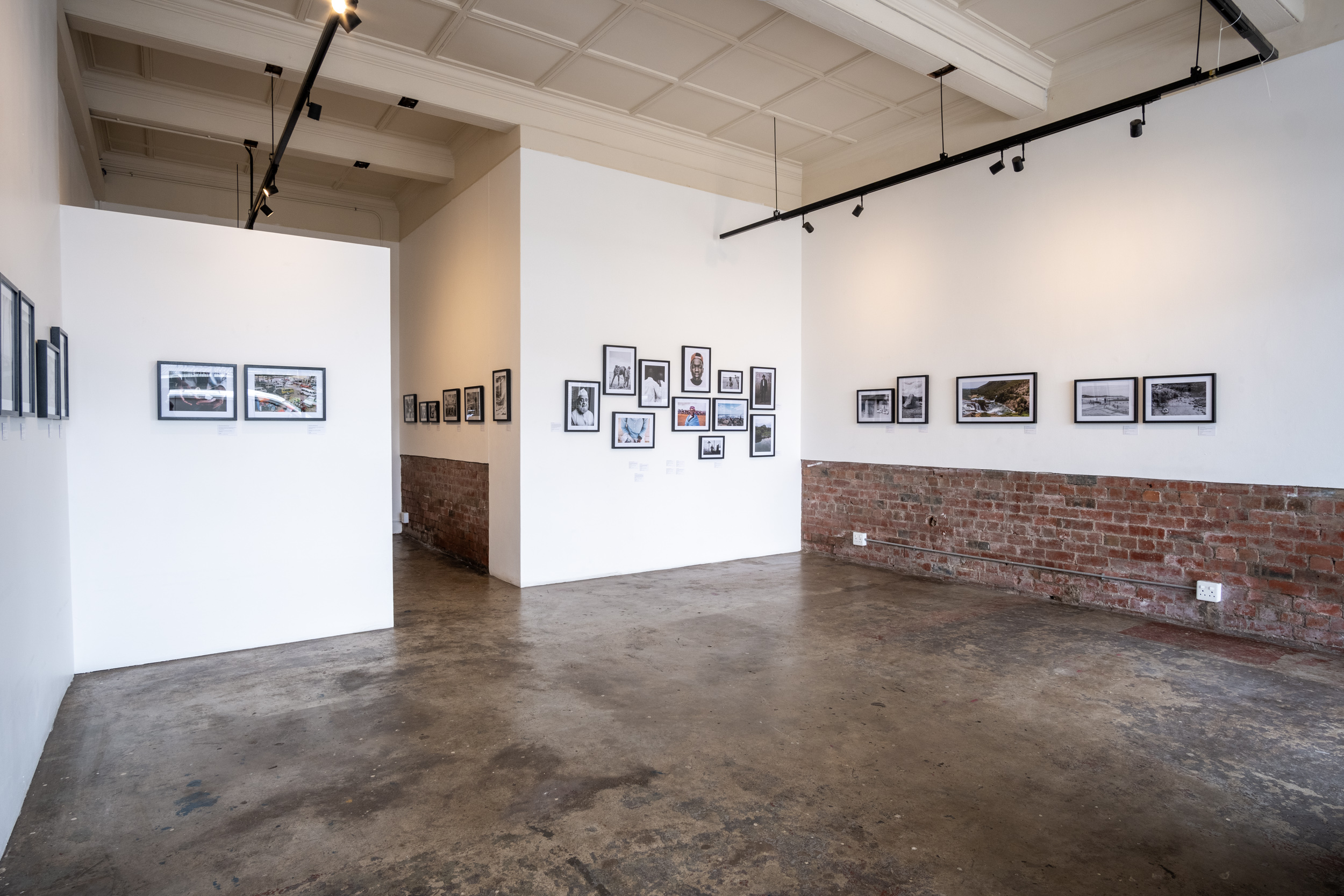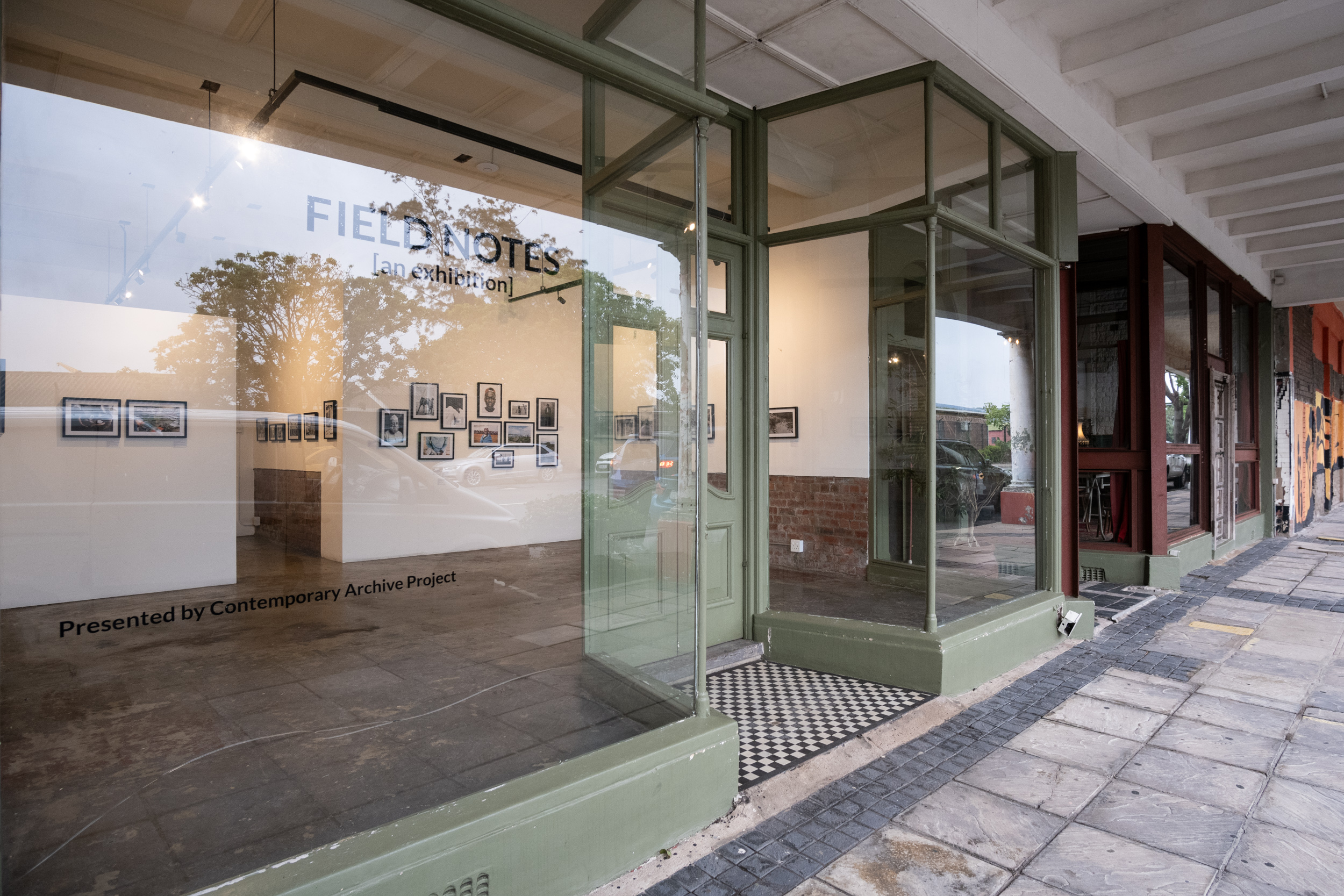We are surrounded by stories and we participate in the creation of them by living our lives. The way we choose to live and the stories we become a part of may not, if ever, be conscious decisions but a response to our immediate environments. Being able to decide what you want to be a part of and how you want to participate is – like most things – often based on one’s socio-economic standing. In photography, those on the lower end of the socio-economic spectrum might have less power and control over how much of their lives are shared or how their experiences are represented. Those who have access to more resources can go as far as putting a stop on any messaging they feel is unflattering and damaging to their image. The dynamics of ethical image-making ideally have to factor in the aforementioned elements amongst other equally important components, such as: transparency, empathy and integrity. Perhaps the perfect image does not exist – art is inherently subjective and reaching a consensus on what is ‘good’ remains a dangerously idealistic pursuit. As exhausting as being mindful can be, caring enough to want to make images that can go through multiple reviews and still come out with no trace of bigotry or any other regressive attribute is definitely something artists should aspire to. Making photographs with a progressive mindset does not mean one will always get it right, rather, one is willing to unlearn problematic practices to make better art.
The Contemporary Archive Project (CAP) has assembled 10 photographers to create a presentation showcasing the multiplicity of angles from which life can be viewed and possibly understood. The viewer is of course welcome to make independent interpretations of what has been documented. While looking at some of the images, questions such as, “Who made the image?” and “Why did they make it?” may arise. Some of the images reflect seemingly banal acts or objects. However, the threads tied to an image build up to something more. Amagwinya by Myllo Menorah is layered with meaning, but to some viewers, it is just an image of a school pupil holding a snack. The nuance that might escape a person who is not privy to the dynamics around amagwinya, is that having more than one slice of polony for one ‘gwinya is not the norm. Is the anomaly of the polony slices perhaps what drew Menorah’s attention to the unremarkable act of eating? Did the photographer seek consent prior to documenting the learner as they were preparing to engage in the act of eating? What story is he trying to tell? Is race a factor in how the image is perceived? A single image can spark a plethora of questions – cascading through various disciplines – that may or may not redirect the initial conversation.
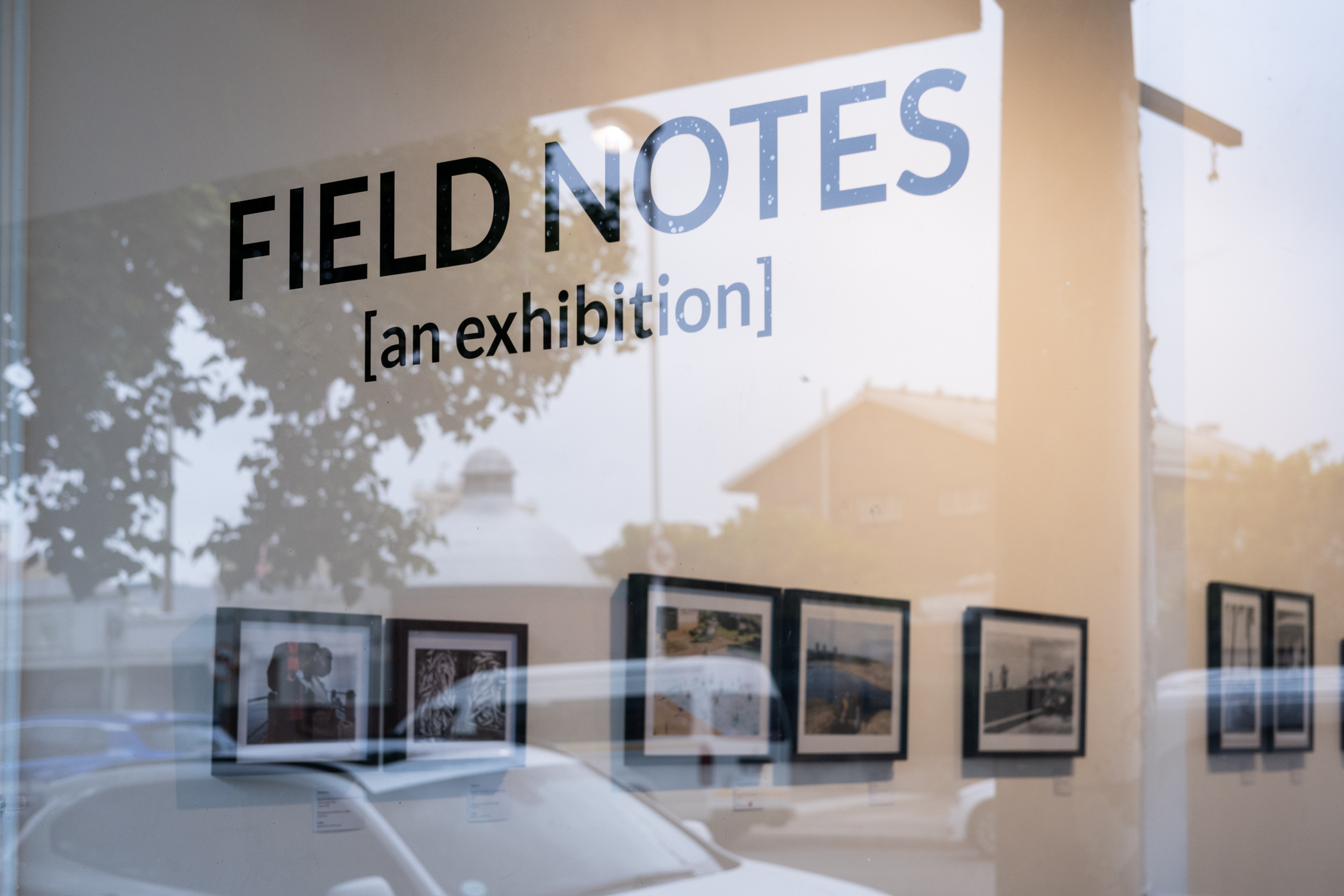
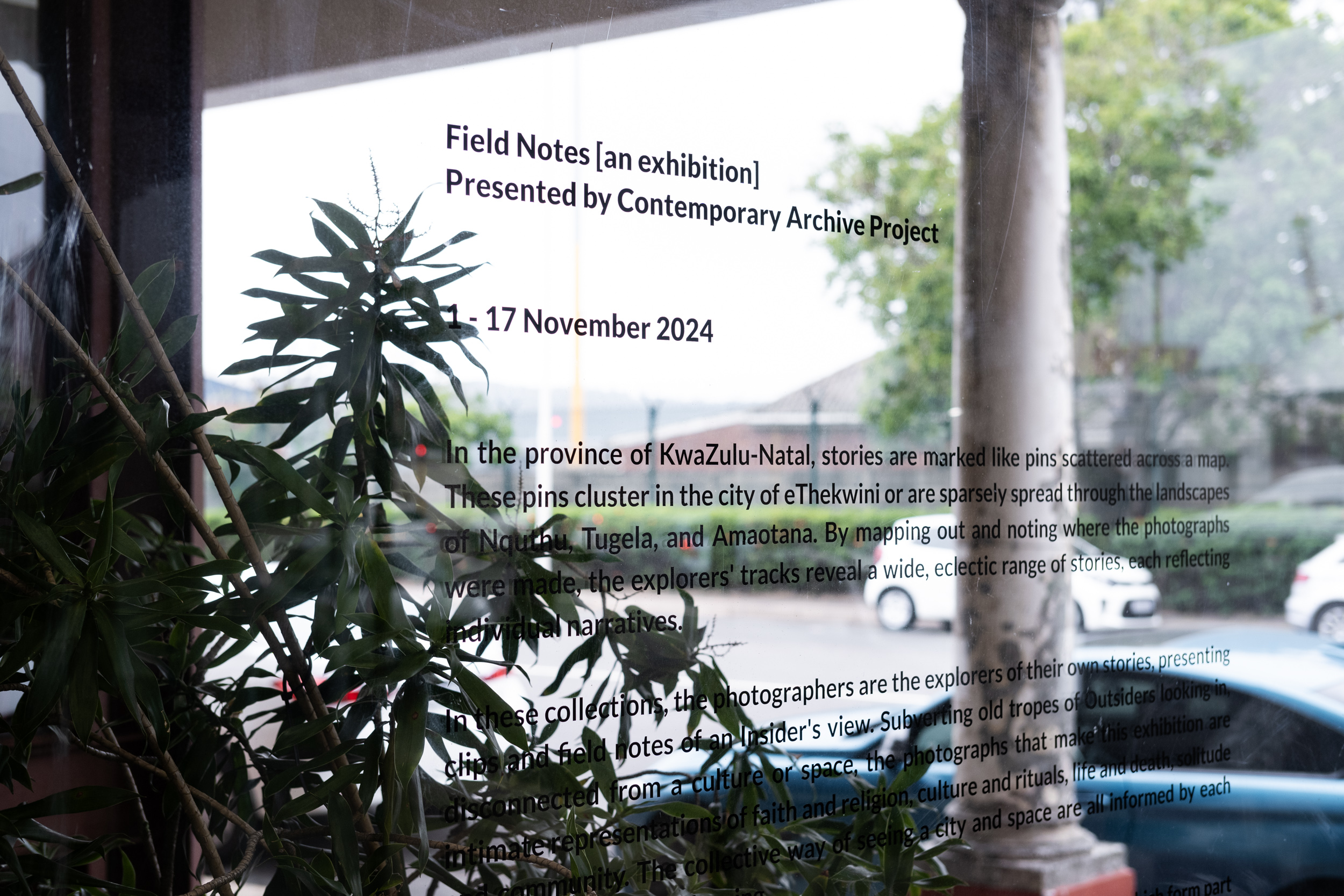
This exhibition is filled with images that are open to interpretation. Labels such as, “voyeuristic”, “exploitative” or “racist”, do not represent the images featured in this exhibition. Certain images might appear to be that way because we have been subjected to storytelling that strips the subjects of their agency – that is not what is happening here. Consent is an integral part of the CAP image-making process. In images where people and activities are featured, the photographers extended the requisite tenderness and respect around their subjects and the sanctity of the activities. The 10 photographers who form part of this exhibition care about how they present the people and spaces they have chosen. The representation of even the most sensitive of subjects is a form of changing how certain subjects are presented. An image like, This is my home where I grew up by Andile Ndunge would not hold the same meaning if it were made by someone with no ties to the environment. The subjects have taken up the tools and are recalibrating the system to be more inclusive and more representative of the ‘real’ world, by this, I mean a world where the white gaze is not the only gaze that exists.
An image of people having a good time can be the start of a conversation about what it takes to have a good time in, “the most unequal country in the world”. The photographs in this exhibition objectively look good. The beauty of the compositions sparks the sometimes dreaded yet necessary conversations of dismantling the current system and making way for more progressive ways of producing photography. New ways of meaning-making are through these archives which counter the dominant version of history, and the exhibiting photographers have begun contributing to the visual movement of future photographic archives.
Contemporary Archive Project is an incubator for critical thinking and the development, presenting and safeguarding of new photographic works contributing to an ongoing archive of KwaZulu-Natal. CAP is a registered NPC. This exhibition is supported by the National Lotteries Commission. Field Notes (an exhibition) can be viewed at The Chairman until 17 November. The group exhibition includes photographs from the CAP repository, featuring: Andile Ndunge, Andre Swart, Mandisa Buthelezi, Myllo Menorah, Niamh Walsh-Vorster, Paulo Menezes, Robyn Perros, Seraz Abrahams, Sibusiso Gcaba and Thobani Khumalo.
